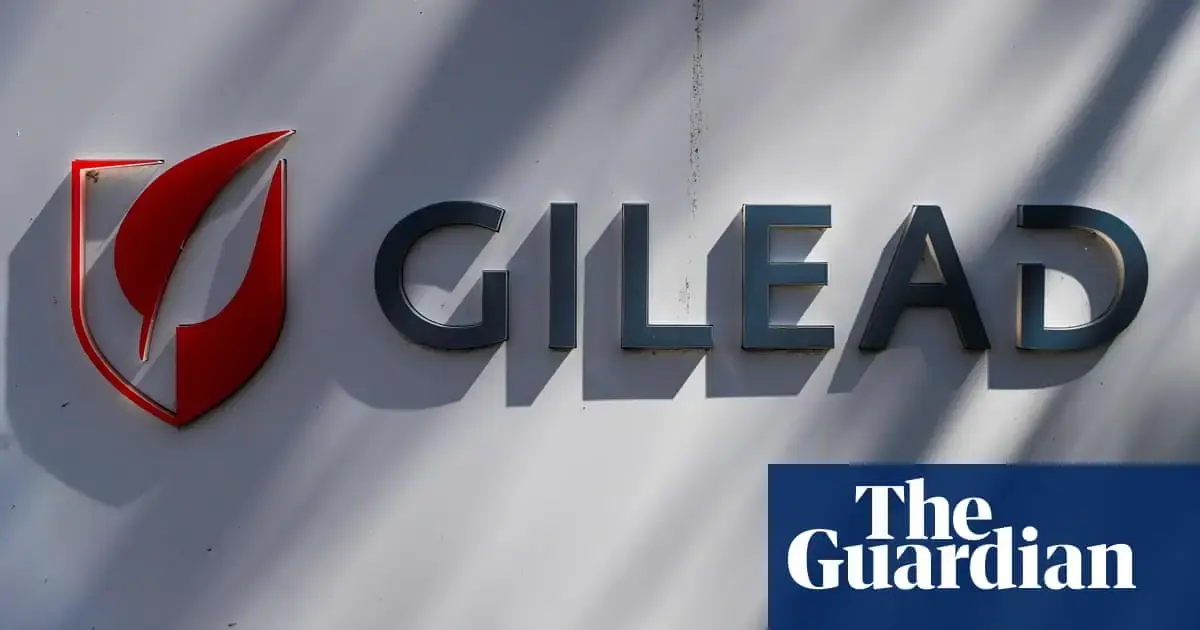- cross-posted to:
- worldnews@lemmy.ml
- cross-posted to:
- worldnews@lemmy.ml
Lenacapavir , sold as Sunlenca by US pharmaceutical giant Gilead, currently costs $42,250 for the first year. The company is being urged to make it available at a thousand times less than that price worldwide.
UNAids said it could “herald a breakthrough for HIV prevention” if the drug was available “rapidly and affordably”.
Given by injection every six months, lenacapavir can prevent infection and suppress HIV in people who are already infected.
In a trial, the drug offered 100% protection to more than 5,000 women in South Africa and Uganda, according to results announced by Gilead last month.
Question for my Beeple: If you could pass any law you wanted, how would you solve the problem of runaway drug costs? There is the complicating factor of “the drug companies need this money for R&D for future drugs”, but clearly it’s gotten out of hand.
Barring something comprehensive like Medicare For All, my thought is there should almost be a new regulatory body created for the purpose of tackling this problem. Force drug companies to provide periodic reports of how much a drug actually costs them to make, and then have a regulated maximum profit margin that drug companies are allowed to take.
Considering how much of their research and development costs are funded by grants from governments, I’d say just get rid of private pharmaceutical companies entirely if they can’t play nice.
Give them a choice. No drug revenue at all, or any paradigm-changing drugs get their license bought out cheap.
They either go out of business entirely, and governments and academic institutions take over the work (so so much of it is paid with grants anyway, I don’t think pharma companies should keep any profits unless they fund 100% of the r&d for it, which they won’t), or they agree to sell the patents that can literally change the trajectory of a society for a fair “this is the actual amount of work we put into it plus 200% to make it worth doing.”
If they can’t be happy with that, the default option is they get to do nothing so…
But again, the profit motive of big pharma leads us to places like the opioid crisis, side effects that aren’t disclosed or even fully studied, etc. and I don’t think we should be trusting drug development to for-profit companies, at least not without much much better protections for patients and much more stringent requirements on proof of efficacy and safety.
so much of it is paid with grants anyway, I don’t think pharma companies should keep any profits unless they fund 100% of the r&d for it, which they won’t
This is a strong point. If so much of this R&D is government-funded, then why tf are the drug companies allowed to profit from it? Corporate welfare is America’s only real welfare problem.
deleted by creator
based on the costs of lenacapavir’s ingredients and manufacturing, and allowing for 30% profit
But that’s not how medicine development works, though. Drug companies will sink hundreds of millions or even billions into drugs, risking throwing it all away when it turns out the drug doesn’t work. They need return on investment at the very least. They’re still running trials the comic five or six years and need to go through the regulatory process after that, so I wouldn’t expect this stuff to become available before competing drugs will be.
Of course, the cost to the people themselves should be minimal to make the drug accessible, but expecting every major drug to be sold at manufacturing cost is a great way to stop companies from developing new drugs.
From what I can tell, the source article states that the drug could be produced eventually for $40 or $100 per dose by a generic drug company assuming the trials work out and sufficient demand is maintained.
Another type of PrEP medication is already slated for generic production in 2027, while this seems to be scheduled to become available as a generic drug in 2028 at at the earliest, with 2026 being the earliest expected year for regulatory approval of this drug.
It’s pretty great that we practically solved AIDS now, but it’ll be years before the stuff tested in trials will be available at scale, let alone in countries that can barely afford the medication.





